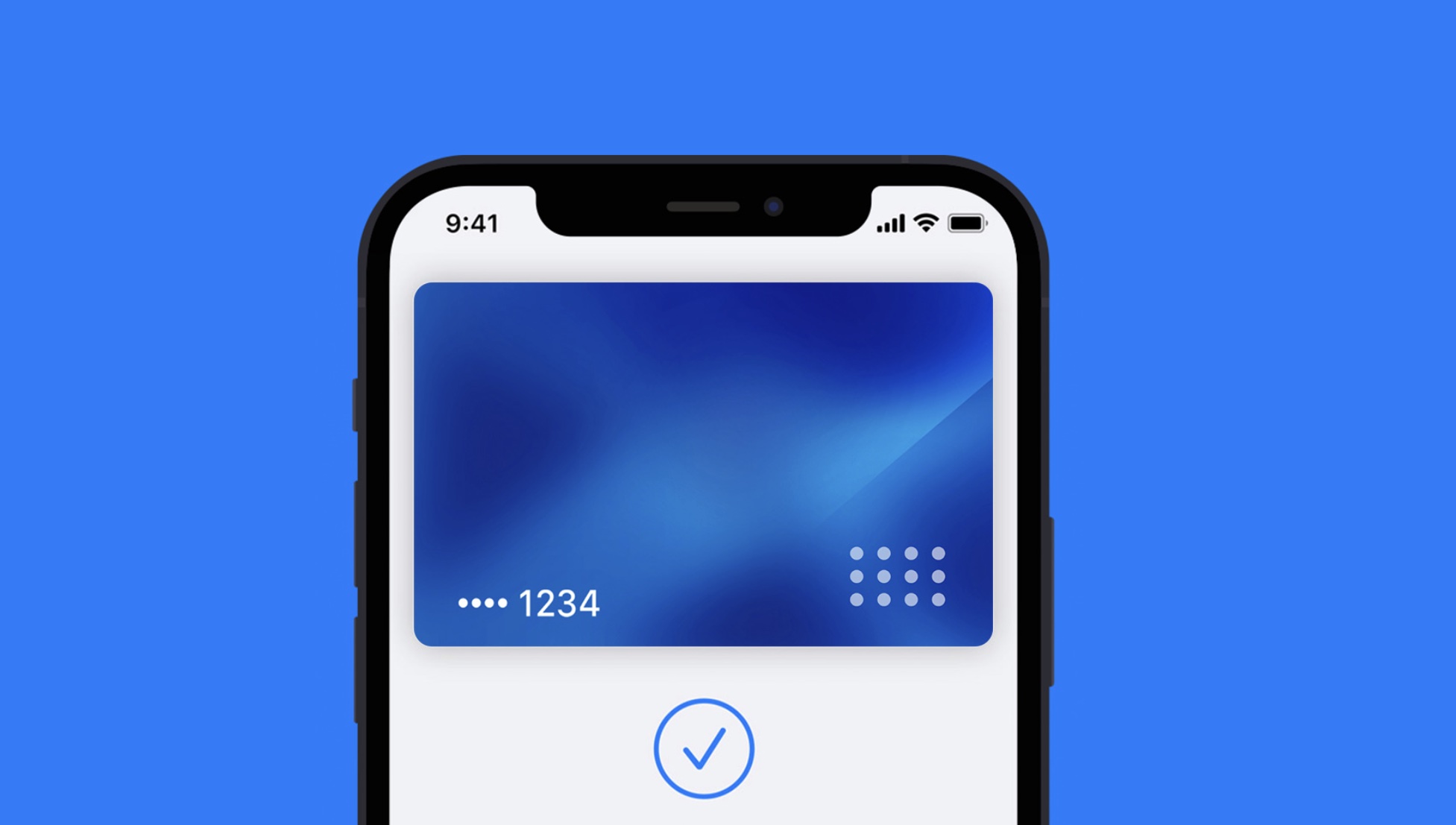 Sponsored by WP Custom RSS Feeds
Sponsored by WP Custom RSS FeedsIf you spend any time reading productivity blogs or following business influencers, you’ve probably been told that achieving Inbox Zero should be your ultimate goal. It’s become almost a rite of passage for modern knowledge workers—a clean slate that supposedly signals you’re organized, responsive, and on top of your game.
Entire industries have sprung up around this idea, offering apps that promise to categorize your messages automatically, systems that gamify the process of sorting and archiving, and experts who insist you must never end the day with a single unread email. But here’s the uncomfortable truth: all this focus on maintaining an empty inbox often has less to do with actual productivity and more to do with the appearance of it.
The Problem with Inbox Zero
Sure, there’s something undeniably satisfying about opening your inbox to see no pending messages—a sense of order and control in a world that constantly feels chaotic. But that feeling can be deceptive. Often, the quest for Inbox Zero becomes just another form of performative busyness, a way to feel like you’re making progress while you’re really just shuffling information around.
Think about how many hours you’ve spent replying to emails that could have waited or archiving newsletters you’ll never read. Every minute you spend chasing that empty inbox is a minute you’re not using to write, build, design, strategize, or simply rest. The constant pressure to keep your email perfectly clean turns your workday into a series of reactive tasks dictated by whoever happens to send you a message, instead of the priorities that matter most to you and your goals.
When Email Becomes a To-Do List
One of the biggest issues with Inbox Zero is that it encourages you to treat your email like an urgent to-do list.
Every new notification feels like something that must be resolved right away, creating a sense of low-level anxiety that never really goes away. This reactivity might make you feel productive in the moment—after all, you’re answering people quickly—but over time, it fragments your attention and drains your energy.
When you’re constantly bouncing between messages and your real work, you rarely find the sustained focus that leads to meaningful progress. Instead of carving out time for deep, creative thinking, you end up tethered to your inbox, letting other people’s priorities shape your day.
What to Do Instead
So if Inbox Zero isn’t the answer, what is? The key is to reframe how you think about email altogether.
Rather than treating it as an emergency broadcast system that demands your constant vigilance, start treating it like what it really is: just one communication channel among many. One simple shift is to batch your email time instead of checking it throughout the day.
Try setting aside a few specific windows—maybe once in the morning, once after lunch, and a quick check before you finish up. Outside those times, close your inbox completely. You might be surprised how rarely true emergencies come through email.
Another helpful practice is to question whether replying immediately will change the outcome. In most cases, it won’t. Slower, more intentional responses can still be perfectly professional without consuming your best hours.
Give Yourself Permission to Let Go
Finally, consider letting go of the idea that you have to clear every message. The truth is, not every email needs a reply, and not every notification is urgent. It’s okay to have unread messages sitting there—your worth isn’t measured by a little red badge.
If you start focusing more on the work that matters most and less on the performance of productivity, you’ll likely find yourself getting more done, not less. A few unanswered emails are rarely what holds you back from your biggest goals.
